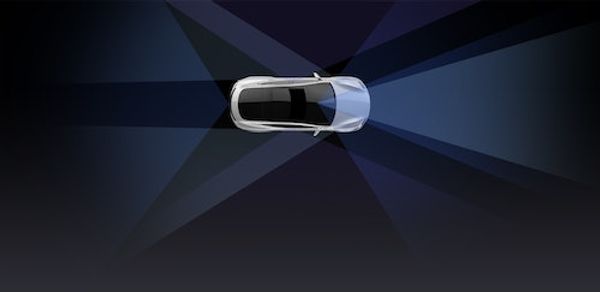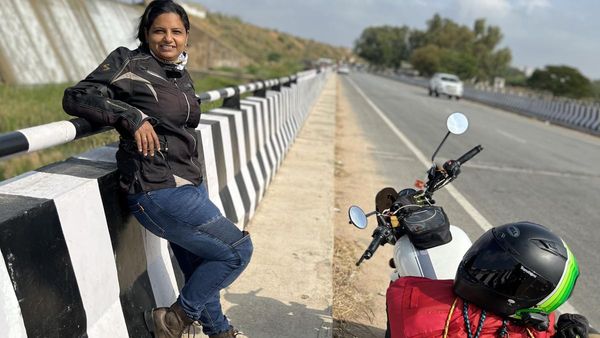
Cruise, the General Motors self-driving service, ran a full-page ad in the New York Times and several local newspapers last week in which the company said that its autonomous taxis never drive distracted, drowsy, or drunk, with the title of the advertisement saying in red: “Humans are terrible drivers.”
Below the headline, GM’s robotaxi service mentioned that 42,795 Americans were killed in car crashes last year and that its cars were involved in 92 percent fewer collisions as the primary contributor.
The seemingly harmless ad didn’t go unnoticed, though, with Joan Claybrook, the National Highway Safety Administration’s (NHTSA’s) former head during the late 1970s and safety advocate, saying that it’s unscrupulous to use the pain and suffering of people to promote a business, according to Automotive News.
"Using the pain and suffering of those deaths for self-promotion of an unproven and unsafe product is unscrupulous," Claybrook said in a statement distributed by the Advocates for Highway and Auto Safety.
The ad was part of a push ahead of a vote on August 10 to approve a permit that would allow Cruise to operate in all of San Francisco and offer paid rides at any time of day, as the company is currently allowed to charge customers for robotaxi rides in a limited portion of the city and only during daylight hours.
However, Claybrook says that the claims made in the advertisement were neither “convincing” nor “credible.”
"There are real-world accounts about the havoc Waymo and Cruise robotaxis have inflicted on San Francisco roadways and its citizens," she said, citing local officials' concerns about safety incidents with self-driving taxis on city streets. "Their collective experience highlights the dangers, which have disrupted police activity, hampered firefighting, and blocked local streets and intersections."
The GM-backed company said that the first 1 million driverless miles driven by its Chevy Bolt fleet had 54 percent fewer collisions overall than human drivers in comparable driving environments and 73 percent fewer collisions with meaningful risk of injury.
With this being said, some San Francisco residents are frustrated with how Cruise’s robotaxis get stuck in the middle of intersections where there’s ongoing construction or in front of green traffic lights without anybody inside the car.










